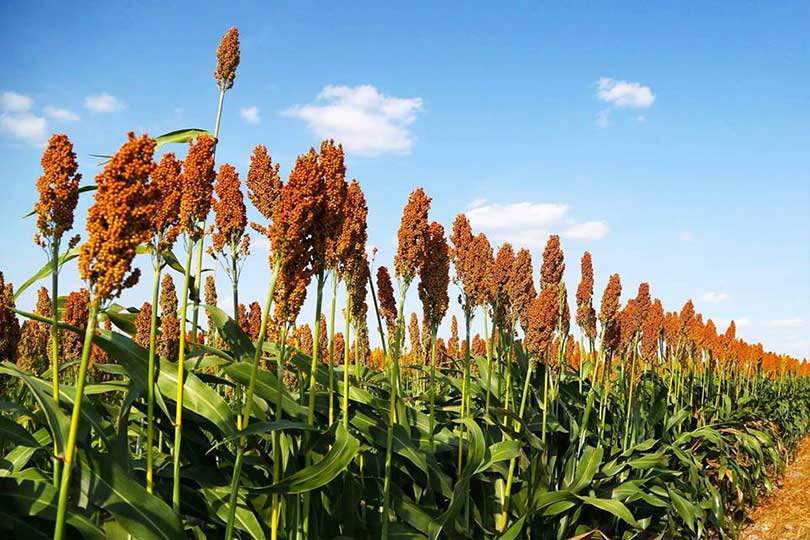The U.S. Department of Agriculture (USDA) Market Facilitation Program (MFP) 2019 enrollment period ends Friday, Dec. 6.
The program, now in its second year, was created to help farmers suffering from damages due to unjustified trade retaliation.
U.S. Secretary of Agriculture Sonny Perdue urged farmers who have not yet signed up for the trade assistance program to do so before the deadline.
“Farmers will not stand alone in facing unjustified retaliatory tariffs while President Trump continues working to solidify better and stronger trade deals around the globe,” Perdue said when announcing the program details in July. “Our team at USDA reflected on what worked well and gathered feedback on last year’s program to make this one even stronger and more effective for farmers.”
Traditional commodities covered by MFP include: alfalfa hay, barley, canola, corn, crambe, dried beans, dry peas, extra-long staple cotton, flaxseed, lentils, long grain and medium grain rice, millet, mustard seed, oats, peanuts, rapeseed, rye, safflower, sesame seed, small and large chickpeas, sorghum, soybeans, sunflower seed, temperate japonica rice, triticale, upland cotton and wheat.
MFP assistance for non-specialty crops is based on a single county payment rate, ranging from $15 to $150 per acre, multiplied by a farm’s total plantings of MFP-eligible crops in aggregate in 2019. Those per-acre payments are not dependent on which crops are planted in 2019.
Specialty crops including almonds, cranberries, cultivated ginseng, fresh grapes, fresh sweet cherries, hazelnuts, macadamia nuts, pecans, pistachios and walnuts are also eligible for MFP payments.
Each specialty crop will receive a payment based on 2019 acres of fruit- or nut-bearing plants, or in the case of ginseng, based on harvested acres in 2019. Acreage of non-specialty crops and cover crops had to be planted by Aug. 1 to be considered eligible for MFP payments.
Dairy and hog farmers are also covered.
Dairy farmers who were in business as of June 1 will receive a per hundredweight payment on Dairy Margin Coverage (DMC) production history, and hog farmers will receive a payment based on the number of live hogs owned on a day selected by the farmer between April 1 and May 15.
Acreage of non-specialty crops and cover crops had to be planted by Aug. 1, 2019, to be considered eligible for MFP payments.
Per-acre non-specialty crop county payment rates, specialty crop payment rates and livestock payment rates are all currently available on http://www.farmers.gov/MFP.
MFP payments are limited to a combined $250,000 for non-specialty crops per person or legal entity. MFP payments are also limited to a combined $250,000 for dairy and hog producers and a combined $250,000 for specialty crop producers. However, no applicant can receive more than $500,000.
Eligible applicants must also have an average adjusted gross income (AGI) for tax years 2015, 2016 and 2017 of less than $900,000 unless at least 75 percent of the person’s or legal entity’s AGI is derived from farming, ranching or forestry related activities.
Farmers can sign up for MFP online at http://www.farmers.gov/MFP. Applications can also be completed at local USDA Farm Service Agency offices in person, by mail or electronically via e-mail, scan or fax.

